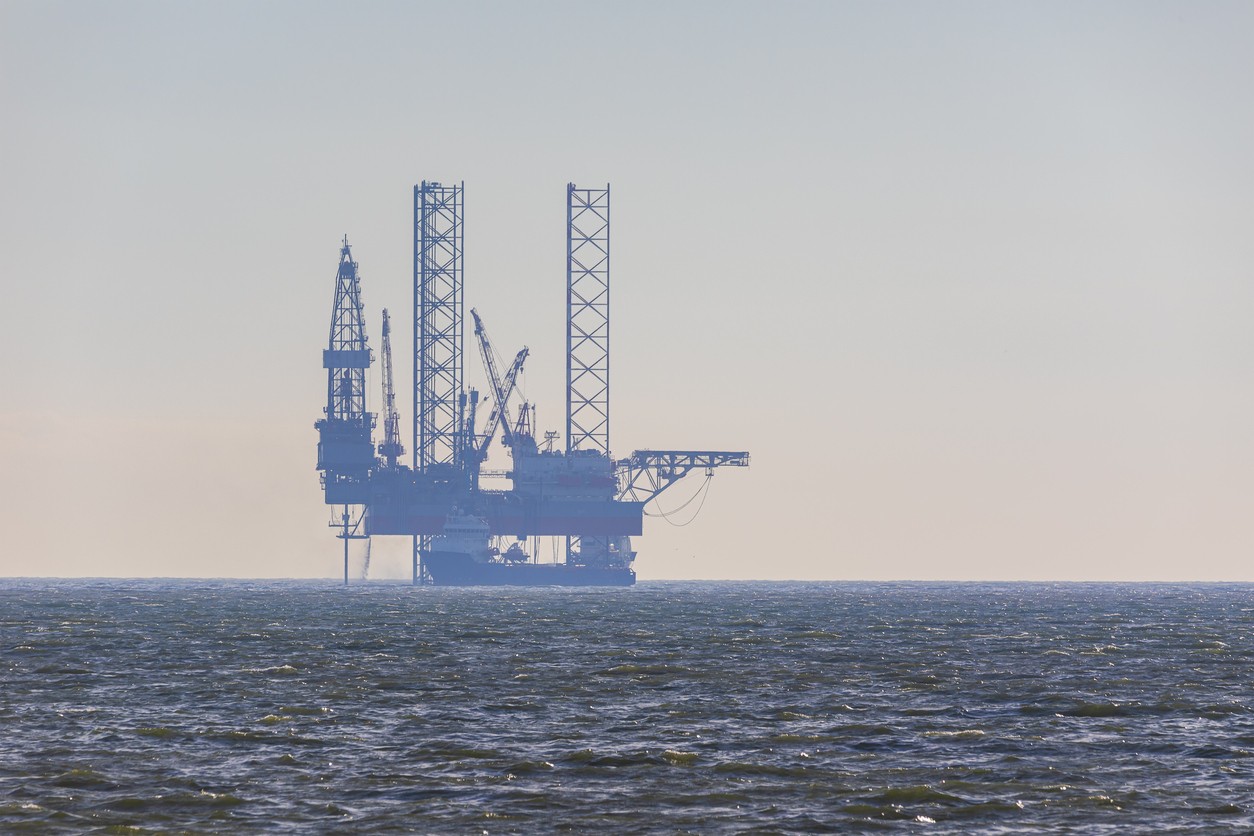The drop in the surface level of the Caspian Sea has been of particular concern recently. The situation has led the North Caspian Operating Company (NCOC) — which pumps oil at the Kashagan field in the northern part of the Caspian Sea — to decide to implement onshore oil production.
The current water level drop in the Caspian Sea has contributed to a decrease in the depth of the Ural River delta of up to 50cm in some places — as well as the appearance of islands in the pre-delta area.
Previously, NCOC had carried out improvement works and started dredging around the field’s production facilities to ensure safe access for marine vessels. This increased the water depth to 4.3 meters from 2.5 meters.
The NCOC’s fleet consists of owned and chartered marine vessels, including hovercraft, and barges. The largest of them have a draft of 2.4-2.8 meters, which require an extra depth under the keel of 50cm for safe navigation. Emergency evacuation vessels have a draft of 2.2 meters. There have been no cases of stranding so far.
The operator’s representatives have stated that NCOC is constantly monitoring the level of the Caspian Sea, considering various possible scenarios, and ensuring proper conduct of operations at Kashagan.
Kashagan is the largest oil & gas project in Kazakhstan. The level of oil production at Kashagan in 2023 showed record data of 18.8 million tons, or almost 380,000 barrels per day on average. In January of this year, total output from the field reached the milestone of 100 million tons of oil since the launch of production in 2013.



